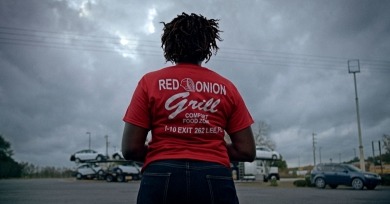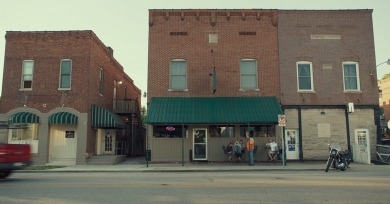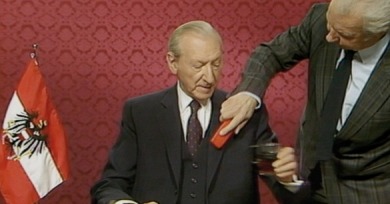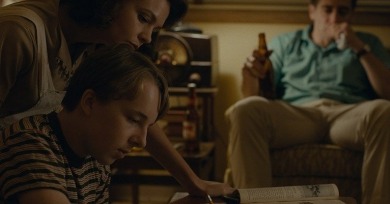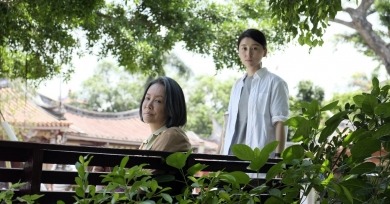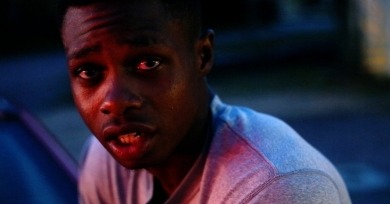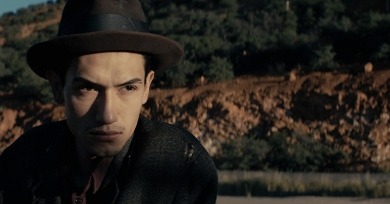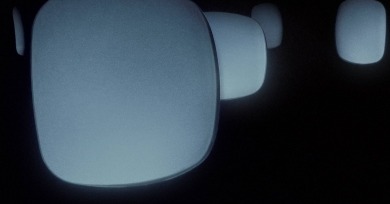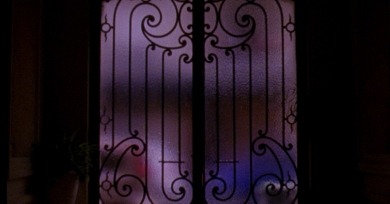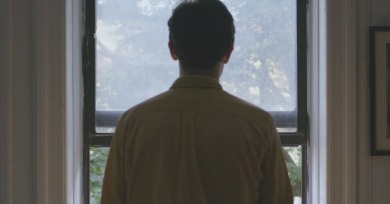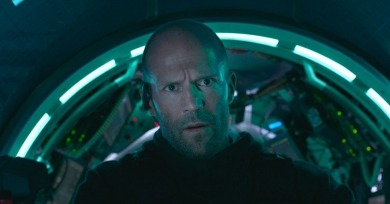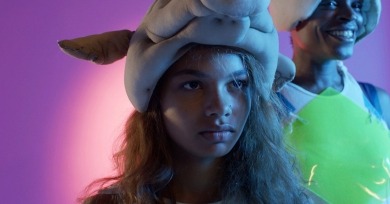Reviews
The crowning achievement of this drama is the game and invigorating performance of Regina Williams, from her flinty exasperation to her no-guff candor to her sly, self-protective sarcasm. Hers is a performance suffused with compassion yet devoid of cheap and easy sentiment.
Coming at a time dominated by talk of the bifurcation of the country, Monrovia, Indiana is an excavation of life in the other America. Its place within the career of Frederick Wiseman also works into this dichotomy . . .
By calling attention to what images are projected and received, Ruth Beckermann reveals the process by which narratives can be made and unmade.
Dano bends the contours of the coming-of-age drama by examining what is happening around his protagonist rather than to him.
There is nothing metaphorical about the connection between a fractured China and one fractured family unit in A Family Tour. Attuned to the rhythms of often stilted conversations played out against the banal, sunny backdrop of public spaces in contemporary Taiwan, A Family Tour does not have much truck with symbols.
It plays like a career recap of his greatest hits, sprinkled with new heroes, villains, random aged inserts of wholesome 1950s Americana or crumbling infrastructure, and freshly updated ironic soundtrack cues.
Emancipating the image feels like a goal in Hale County, which loosely follows the lives of Daniel Collins and Quincy Bryant, ballplayers who are simply living and striving and working.
Just as Kate had no access to footage of Christine Chubbuck while preparing to play her, the residents of Bisbee must invent backstories, postulate connections between their roles and themselves, and develop entirely new countenances with no objective reference points.
Blake Williams has achieved a holistic union of his own that speaks at once to the transformative power of the moving image and the oceanic force of its full deployment.
Over the course of the film, Bohdanowicz and Juliane live together as strangers for 30 days, which allows the audience to get to know Juliane at the same time as Bohdanowicz does.
Bujalski has utilized this business as a rich backdrop for one of the most unusual films of the year: a day-in-the-life character portrait of a working woman of color that is frequently hilarious yet firmly rooted in her undeniable melancholia.
It is a playful thing, rattling with little bibelots, and this is for the good, for we could use more games amid the self-serious heft of so much contemporary cinema.
Cinema like architecture is an art concerned with grace, proportion, and a mindfulness of human needs, things which become increasingly difficult to control or bear in mind as size and budget metastasize.
Were Evangeline more sympathetic and self-aware, we might ask ourselves how our enjoyment of Howard is so different from hers of Madeline, and how our continued appetite for performances of female psychological fracture fits into a history of condescension and exploitation.
